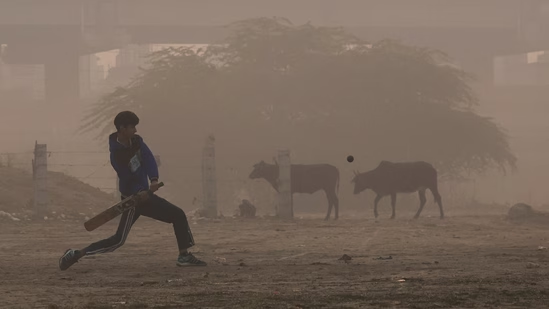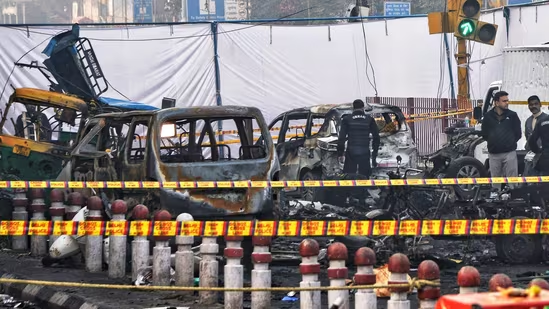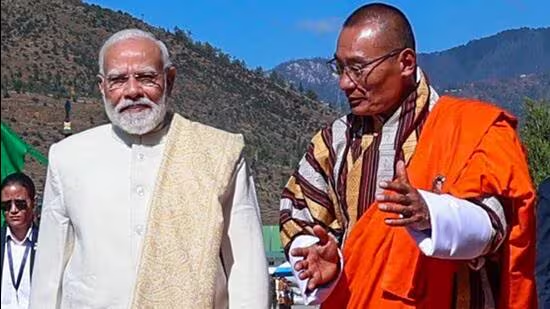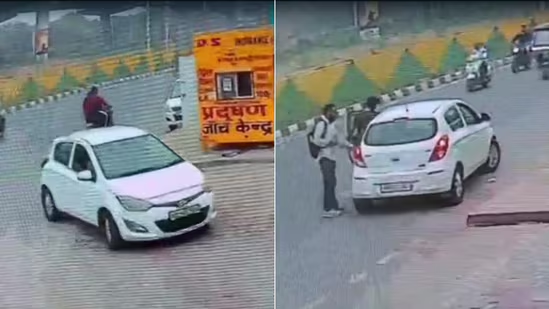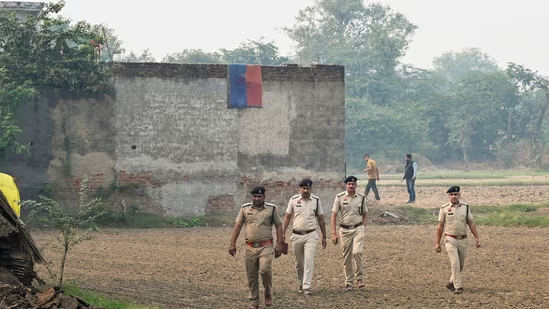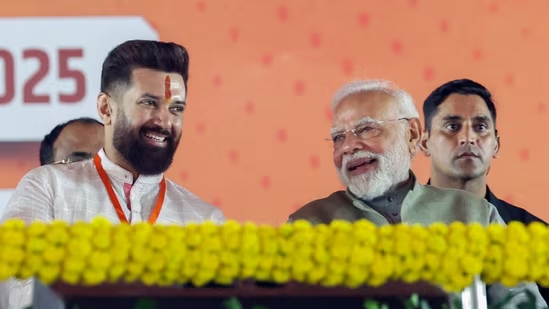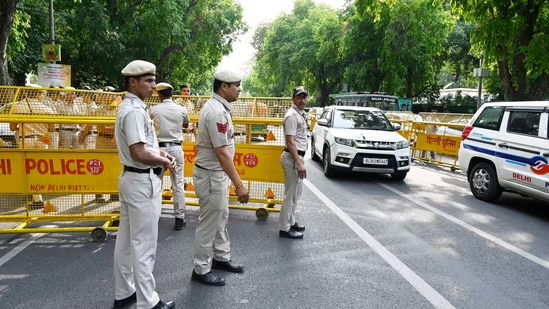New Delhi:
The recent military action between India and Pakistan was the first instance of two nuclear weapon states engaging in continuous strikes and counter-strikes, which sparked global tensions, Dr Walter Ladwig, a professor at King’s College London, said.
Mr Ladwig, who has written an analysis titled ‘Calibrated Force: Operation Sindoor and the Future of Indian Deterrence’ for security think tank Royal United Services Institute, also said India carried out the military action to punish the terrorists behind the Pahalgam terror attack and not provoke a “wider conflict” with Pakistan.
The Senior Lecturer in International Relations at King’s College was speaking to NDTV when he made the remarks.
Mr Ladwig said Operation Sindoor demonstrated a range of abilities the Indian Air Force (IAF) has built over the last decade. “This might also mean that we are in a very undiscovered country when it comes to military operations. In the context of the nuclear era, we do not have an example of two nuclear arms states who have engaged in reciprocal airstrikes like this,” he said.
“The year 2019 was a little bit of a watershed moment, and that was very calibrated and orchestrated,” he said, referring to the Balakot airstrikes that were carried out in response to the Pulwama terror attack. “We don’t have this. The Russians and the Chinese fought in the late 1960s, this was on the ground, and in some cases, the combators were worried about escalation. This is a really new space and this is going to be studied in the decades to come.”
The professor credited the Indian government’s policies for its precision strikes on terror infrastructure in the neighbouring country. “I see it as an evolution in the government’s policies. If we go back to 2016, the surgical strikes (in response to the Uri terror attack), these sort of cross border raids have happened in the past but they were never publicised. They were never made so public. The 2019 airstrikes in Balakot were a break from past precedent… And now you have the next level, which is to say multiple targets are being struck in multiple rounds,” he said.
On the intervening night of May 6 and 7, the IAF conducted a series of precision strikes and destroyed infrastructure in nine terror bases in Pakistan and Pakistan-Occupied Kashmir (PoK). The act – codenamed Operation Sindoor – was in response to the April 22 terror attack in Jammu & Kashmir’s Pahalgam that killed 26 tourists. The Resistance Front, a shadow group of the banned Pakistan-based LeT terror group, claimed responsibility.
As Pakistan responded to the action, both nations engaged in strikes and counter-strikes for three nights. On May 10, India and Pakistan reached an agreement to stop all firing and military action on land, air and sea, with effect from 5pm.
Operation Sindoor “tried to change the equations that the onus is on the other side”, Mr Ladwig said. “…the policy change of not feeling the need to assemble the dossier, connect the dots to say it is incumbent on India to prove in a courtroom sense or beyond the shadow of reasonable doubt that there are these connections… If you fail to deny them (terrorists) the space to operate, then that is enough. We will decide that we may take serious action,” he said.
However, the analyst added, putting the onus on the other side does not mean India stops making efforts to put forward a credible case in front of the global audience. “The immediate aftermath of the (Pahalgam) terror attack saw solidarity pouring in for India. There were messages of understanding and support. In the present moment based on recent history, I think India has the benefit of the doubt from its partners but they shouldn’t take that for granted,” he said.
The professor also said that India’s counter-strikes to Pakistan’s attacks on the country, which lasted for three nights after Operation Sindoor, were essential to avoid doubts over its long-term goals.
“Operation Sindoor sought to inflict punishment on the terrorists and not provoke a conflict. Beyond that, once the tit for tat cycle began, there was a desire to show and demonstrate abilities to strike, do more than the ability to just hit terror infrastructure, and have the ability to show a degree of escalation. It raises questions otherwise as to why did the government stop when it did (Pakistan retaliated) and it gets back to what was the mission in the first place,” he said.
He said India’s showcase of its ability to retaliate will only lead to a “cat and mouse game”. “After the strikes, the smart terrorists will go underground the moment something big happens. They will not be sitting around in known facilities, waiting for retaliation,” he said.
“The ability to track and monitor and know precisely where the pin points are going to become harder because groups are going to spend a lot more time on concealment and covering their tracks, making it difficult for intelligence officials,” he added.







